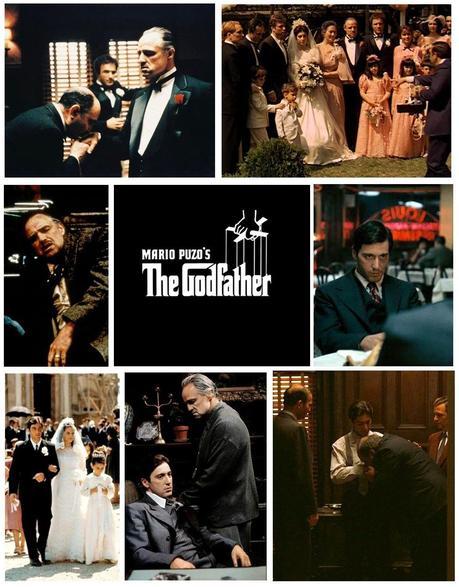
The night sky was clear and the air a bit chilly on Friday, January 9, typical early winter weather in San Francisco. But the evening would be unusual for reasons other than the climate. It was the night that, at 8 pm, the San Francisco Symphony would premiere Francis Coppola's The Godfather (1972) with live orchestral accompaniment. It was also the night that, at midnight, the Golden Gate Bridge was to shut down - through the weekend - for the first time in its 77 year history. The evening would prove to be eventful in more ways than one for those of us attending the three-plus hour symphony event who also live north of "the Gate."
~
The Godfather, #2 on the American Film Institute's 2007 list of the "100 Greatest Movies of All Time," was a blockbuster on release, became the highest grossing film of 1972 and won the year's Academy Award for Best Picture. Adapted from Mario Puzo's best-selling Mafia tale by the author and Francis Coppola, who shared an Oscar for their screenplay, the film was also a ground-breaker. For starters, Coppola was willing to gamble - and battle the studio - when he cast the lead roles. Only one actor in the film's large ensemble was
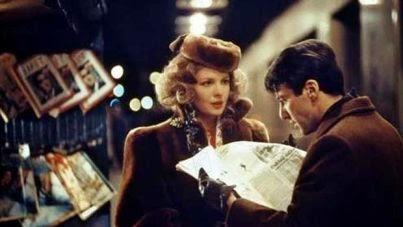
Diane Keaton and Al Pacino in The Godfather
then well-known: Marlon Brando, whose career had been in decline for some time and had negligible "box office clout" by the early '70s. Brando would win, and notoriously refuse, the Best Actor Oscar for his performance as Vito Corleone and go on to see his career revived. Most of the "unknowns" in the film's other lead and featured roles would gain immediate cachet, and some - Robert Duvall, Diane Keaton and Al Pacino - would eventually win Oscars for their work in later films.The cinematography of Gordon Willis (Klute, All the President's Men, Annie Hall) was instrumental in establishing and reinforcing The Godfather's atmosphere and style. Though the studio had been nervous about Willis's chiaroscuro-heavy approach, his expressive photography and lighting stand as hallmarks of the film.
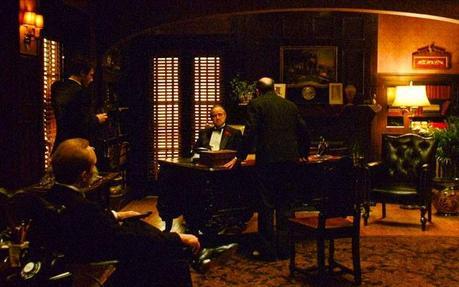
Setting the tone: the stunning cinematography of Gordon Willis
And there is Nino Rota's acclaimed musical score. Rota, born in Milan, Italy, in 1911, was an established film composer before he scored The Godfather, best known for his work with Federico Fellini (La Strada, The Nights of Cabiria, La Dolce Vita, 8½, etc.). Rota's lengthy collaboration with Fellini has been compared to Bernard Herrmann's with Hitchcock, so perfectly did the two mesh creatively. Rota also scored films for Luchino Visconti (Le Notti Bianchi, Rocco and His Brothers, The Leopard), Franco Zeffirelli, King Vidor and others, but he is most associated with the films of Fellini and the Godfather trilogy. As with so many aspects of the production of The Godfather, the studio was at odds with director Coppola about who should compose its music. While Paramount wanted Henry Mancini, Coppola was determined to have Rota. Interestingly, Rota was not particularly keen on the project but, when Coppola agreed to his exacting terms, he set to work. In addition to Rota's score, the film includes source music contributed by Coppola's father Carmine as well as popular music of the era in which the film is set.
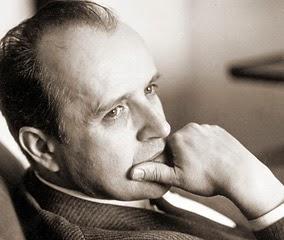
Nino Rota
James M. Keller, author and program annotator for San Francisco's symphony and New York's philharmonic orchestra, writes of the director/composer collaboration: "What Coppola requested and got from Rota was a score that didn't so much parallel the film's action as to reinforce its psychological undercurrents and to suggest its locales, specifically its scenes in Sicily and the importing of that essence to an Italian-American context." The music Rota developed was - and remains - intrinsic to the film's ultimate triumph. The American Film Institute ranks the score #5 on its 2005 list of "The 25 Greatest Film Scores of All Time" and Rota had initially been Oscar-nominated for his work. However, he was disqualified when it was learned that a section of the music he composed for a specific sequence was a reworking of something he'd done on one of his previous films, Fortunella for director Eduardo De Filippo, in 1958. Curiously, though The Godfather, Part II (1974) used elements of that score again, the Academy didn't object and Rota won an Oscar for his Godfather II score.~
You may wonder how it is done - the screening of a film, minus its recorded score, with live concert performance of the missing music.
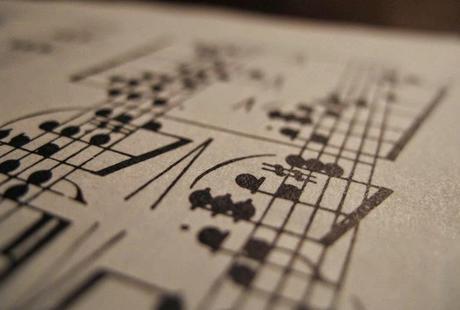
The obvious challenge for conductor and orchestra in performance is to synchronize the music with the film, especially when there are changes in movement or tempo. From our birds-eye-view orchestra seats in Davies Hall, we were able to see that Freer was following a monitor on his lectern that displayed the film with a fast-paced series of moving-bar and flashing-dot cues superimposed onto it. The monitor also indicated running time in one upper corner of its screen and, in the other, what appeared to be a time code that corresponded with numbers written in the musicians' score.
Quite a process, quite a result. To watch, onscreen, a film of The Godfather's power while listening to its evocative score performed live in a world-class symphony hall is thrilling.
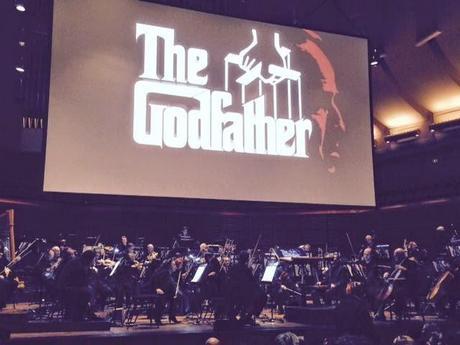
The house lights dim...
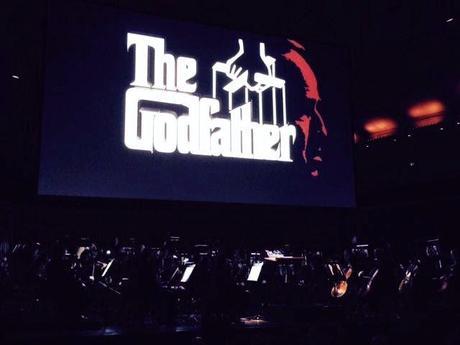
...and go down
In the darkened hall, the full-house audience falls silent. Slowly a solo trumpet plays a spare melody, a forlorn tune that seems from a faraway place and a time long ago. More silence, more darkness. Then comes the sound of a man's voice, heavy with an immigrant's accent. "I believe in America..." he begins, and the ageless saga begins.
~
The Godfather is currently touring concert halls around the U.S. and the world. Click here for the schedule.
To learn more about the San Francisco's Symphony's film series, click here.
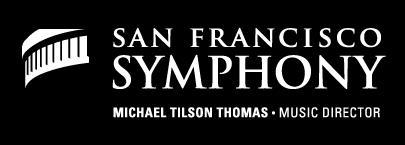
Tickets for this film series performance were provided by the San Francisco Symphony. Many thanks to that fine organization.

